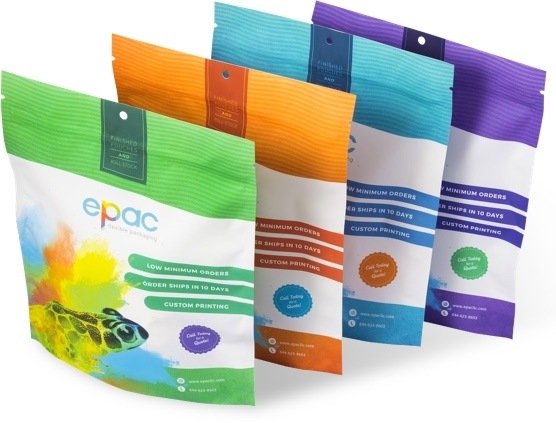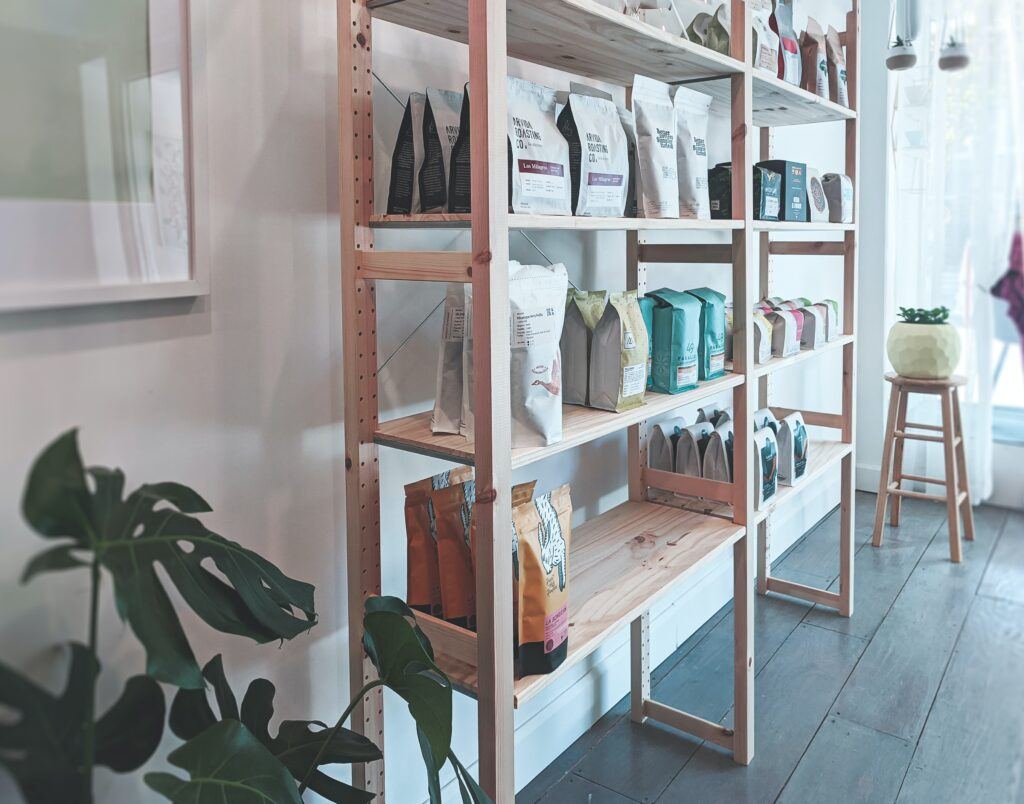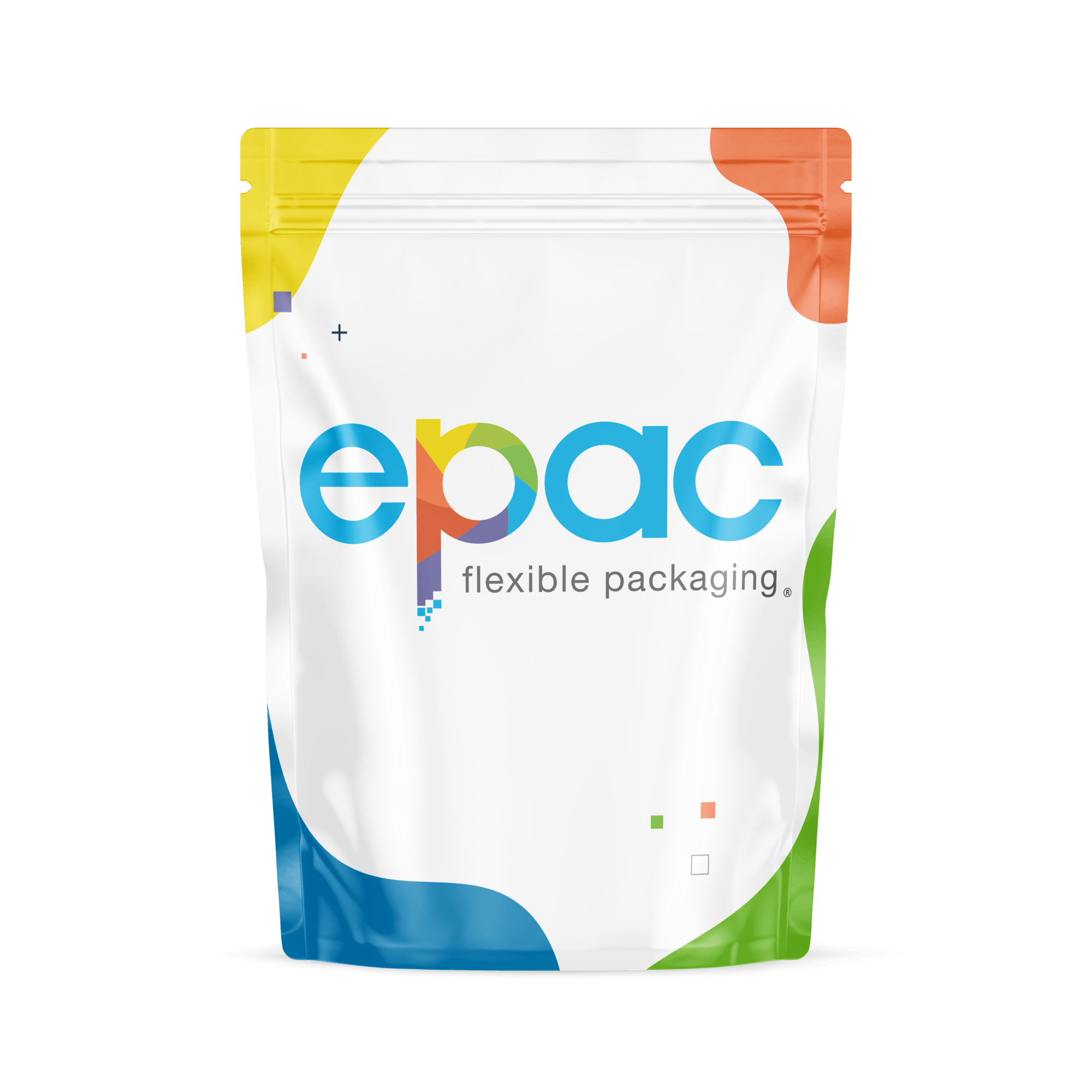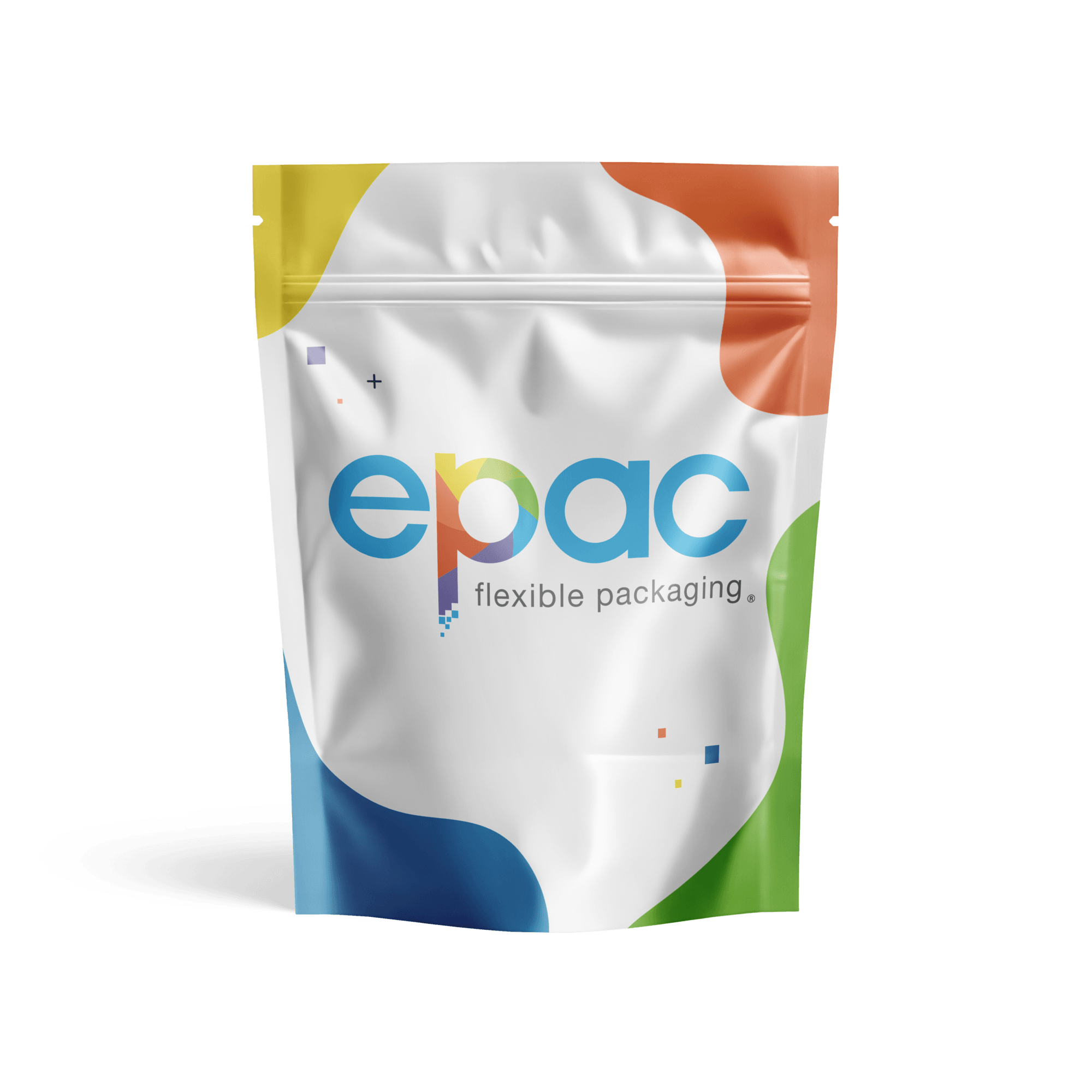In today’s competitive consumer goods market, CPG companies are constantly seeking innovative ways to enhance their product packaging and stand out from the crowd. Flexible packaging has emerged as an innovative and popular way to stand out.
In this guide we hope to provide a comprehensive overview of flexible packaging, including its benefits, different types, materials, pricing considerations, and more.
What is Flexible Packaging?
Flexible packaging refers to a type of packaging that can be easily molded, folded, or shaped, adapting to the product’s form while providing protection and convenience.
Unlike rigid packaging options like glass or metal, flexible packaging offers versatility and adaptability, making it a popular choice for a wide range of consumer goods.
Why is it Better?
Flexible packaging comes with numerous advantages that make it highly appealing to CPG companies.
Flexible packaging offers excellent product protection, keeping the contents safe from moisture, light, and oxygen, thus extending shelf life. This is particularly important for perishable items, such as food that require extra care to maintain freshness.
Additionally, flexible packaging is lightweight, reducing transportation costs and minimizing environmental impact.
Flexible packaging also provides convenience to both manufacturers and consumers. With features such resealable zippers, spouts, or tear notches, it allows for easy opening, closing, and portioning of the product, enhancing consumer experience and driving brand loyalty.
A third benefit of flexible packaging: it offers exceptional printing capabilities, allowing for vibrant and eye-catching designs. CPG companies can create visually appealing packaging that captures consumers’ attention while delivering likability, trustworthiness and engagement.
What are the Different Types of Flexible Packaging?
When it comes to flexible packaging, there are three main types: sand-up pouches, lay flat pouches, and roll stock.
Stand-Up Pouches
The mainstay of flexible packaging, stand-up pouches have revolutionized the packaging landscape. With their self-supporting design, they effortlessly stand tall on store shelves, capturing attention with their alluring presence.
Stand-up pouches offer ample space for branding and product information, allowing you to tell your brand’s story in a visually captivating manner. They’re perfect for a wide range of products, from snacks and coffee to pet food and personal care items.
Lay Flat Pouches
If you’re looking for a packaging option that combines flexibility and versatility, lay flat pouches are an excellent choice. These pouches lay flat when empty, making them ideal for efficient storage and shipping.
However, once filled, they take on a sleek and professional appearance that catches the eye. Lay flat pouches are particularly popular for products such as spices, powders, and single-serve items.
Their compact design ensures minimal material waste, making them a sustainable packaging solution. Plus, with customizable options like tear notches, hang holes, or child-resistant zippers, you can tailor your pouches to meet your specific product needs and branding requirements.
Roll Stock
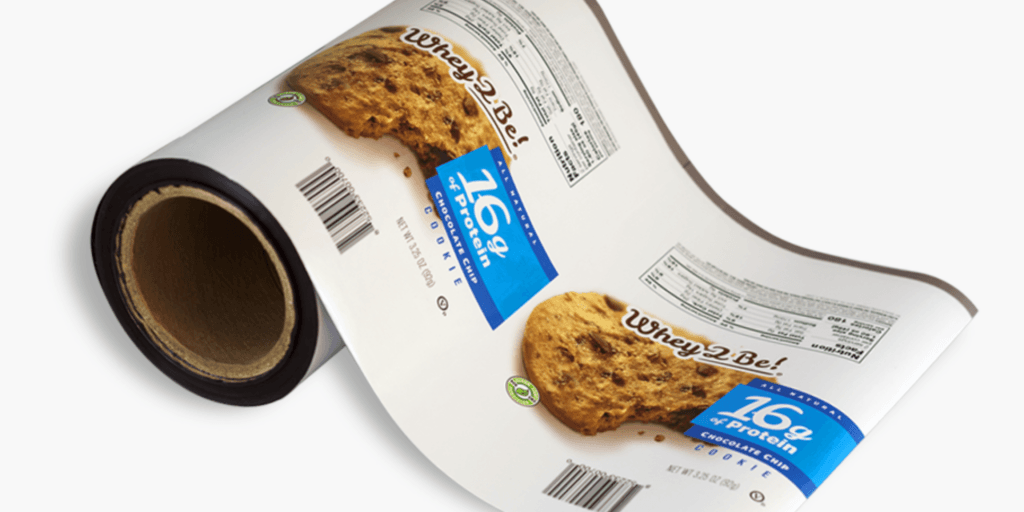
Roll stock is a pouch before it’s converted to a pouch. A continuous roll of printed film with barrier and structure films already laminated to it. This material is used in various applications that form the finished product as it’s being filled, like a candybar wrapper.
As with finished pouches, with roll stock, you have the flexibility to choose the dimensions, shape, and design that best showcase your product. Its compatibility with different packaging machines makes it a convenient choice for large-scale production.
Roll stock offers diverse options for barrier properties and sustainability considerations. Its adaptability and cost-effectiveness make it a go-to choice for many CPG companies.
How Sustainable Packaging Makes an Impact
As sustainability becomes increasingly important, CPG companies are looking for packaging solutions that minimize environmental impact.
Flexible packaging offers several sustainable benefits:
- Lightweight and Space-Efficient: Flexible packaging weighs significantly less than rigid alternatives, reducing transportation emissions and saving on fuel. Its compact design also optimizes storage space.
- Material Efficiency: Flexible packaging often requires fewer raw materials compared to other packaging types, reducing waste generation and conserving resources.
- Recyclable and Recycled Options: Many flexible packaging materials, such as certain plastics and paper, can be recycled. CPG companies can also explore eco-friendly alternatives like compostable or biodegradable films.
- Extended Shelf Life: Flexible packaging’s superior barrier properties contribute to reducing food waste by preserving product freshness and extending shelf life.
By choosing sustainable flexible packaging, CPG companies can demonstrate their commitment to environmental responsibility and meet the evolving demands of conscious consumers.
How to Choose the Right Packaging Material
Selecting the appropriate packaging material is crucial for CPG companies to ensure product safety, integrity, and appeal. Consider the following factors when making your decision:
Product Compatibility
Different products have unique requirements. Consider factors such as moisture sensitivity, aroma retention, and compatibility with the packaging material.
Barrier Properties
Evaluate the barrier properties of packaging materials. Look for options that offer protection against moisture, light, oxygen, and other external factors that can affect product quality and shelf life.
Sustainability
Assess the sustainability features of materials, such as recyclability, biodegradability, or compostability. Choose materials that align with your brand’s sustainability goals and values.
Printing and Branding Capabilities
Ensure that the chosen material supports high-quality printing techniques and vibrant colors. This allows you to create visually appealing designs and effectively communicate your brand identity.
Best Printing Techniques & Design Options
Flexible packaging offers a canvas for captivating designs that engage consumers and differentiate your products. Consider these printing techniques and design options to make your packaging stand out:
- High-Definition Printing: Advanced printing technologies, such as high-definition digital printing, allow for sharp images, vibrant colors, and intricate details.
- Matte and Gloss Finishes: Choose between matte and gloss finishes to enhance the visual appeal of your packaging. Matte finishes provide an elegant and sophisticated look, while gloss finishes offer a vibrant and shiny appearance.
- Windowed Packaging: Incorporating transparent windows into your packaging allows consumers to see the product inside, creating an enticing visual experience and enhancing product visibility.
- Custom Shapes and Die-Cuts: Unique shapes and custom die-cut designs add visual interest and make your packaging more memorable. Consider innovative shapes that align with your brand’s identity and product features.
By utilizing the best printing techniques and design options, CPG companies can create packaging that catches consumers’ attention, communicates brand messaging effectively, and elevates their products in a competitive market.
What to Consider When Designing Custom Flexible Packaging for Your Brand
Designing custom flexible packaging requires careful consideration to ensure it aligns with your brand image and resonates with your target audience. Here are some key factors to keep in mind:
Branding Consistency
Ensure that your packaging design reflects your brand identity consistently. Incorporate your logo, brand colors, and typography that are in line with your overall brand aesthetics.
Visual Impact
Create visually striking designs that capture attention and differentiate your products on store shelves. Use bold graphics, captivating images, and creative layouts to make a strong visual impact.
Product Information
Communicate important product information effectively. Include essential details such as product name, features, ingredients, usage instructions, and any necessary certifications or warnings.
Consumer Appeal
Understand your target audience and design packaging that appeals to their preferences. Consider factors such as age group, lifestyle, and values to create packaging that resonates with your customers.
Safety, Compliance, and Quality in Flexible Packaging
Ensuring safety, compliance, and quality standards are crucial when it comes to flexible packaging. Here are some key considerations:
- Food Safety Regulations: If your products are intended for consumption, adhere to relevant food safety regulations and guidelines. Use materials that are approved for direct contact with food and follow proper hygiene and packaging practices.
- Child-Resistant Packaging: If your products are potentially hazardous or require child-resistant packaging, comply with applicable regulations to ensure the safety of consumers, especially children.
- Quality Control: Implement strict quality control measures throughout the production process to maintain consistency, durability, and integrity of the packaging. Conduct regular tests and inspections to ensure compliance with industry standards.
Flexible Packaging Pricing & Turnaround Rates
When considering flexible packaging, it’s essential to factor in pricing and turnaround rates. Several factors influence pricing, including material type, volume, complexity of design, and additional features like special finishes or closures. Request quotes from multiple suppliers and evaluate their capabilities, pricing, and lead times to make an informed decision.
Also, keep your packaging supplier’s turnaround rates in mind. Timely delivery is crucial to meet production deadlines and ensure a smooth supply chain.
Look Into the Future with ePac Flexible Packaging
In the dynamic landscape of consumer goods, ePac Flexible Packaging emerges as a leader in providing high-quality, digitally printed flexible packaging solutions. With their focus on small and medium-sized businesses, ePac offers quick turnaround times, low minimum order quantities, and a wide range of customizable options to meet your specific needs.
By partnering with ePac Flexible Packaging, CPG companies can embrace the future of packaging and leverage its benefits to enhance product presentation, brand image, and consumer experience.
Flexible packaging offers numerous benefits, including versatility, product protection, convenience, and sustainability.
By understanding the different types of flexible packaging, choosing the right materials, employing effective printing techniques, and considering design elements, CPG companies can create packaging that not only appeals to consumers but also enhances their brand identity and market presence.

